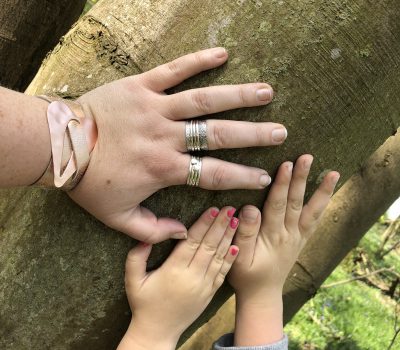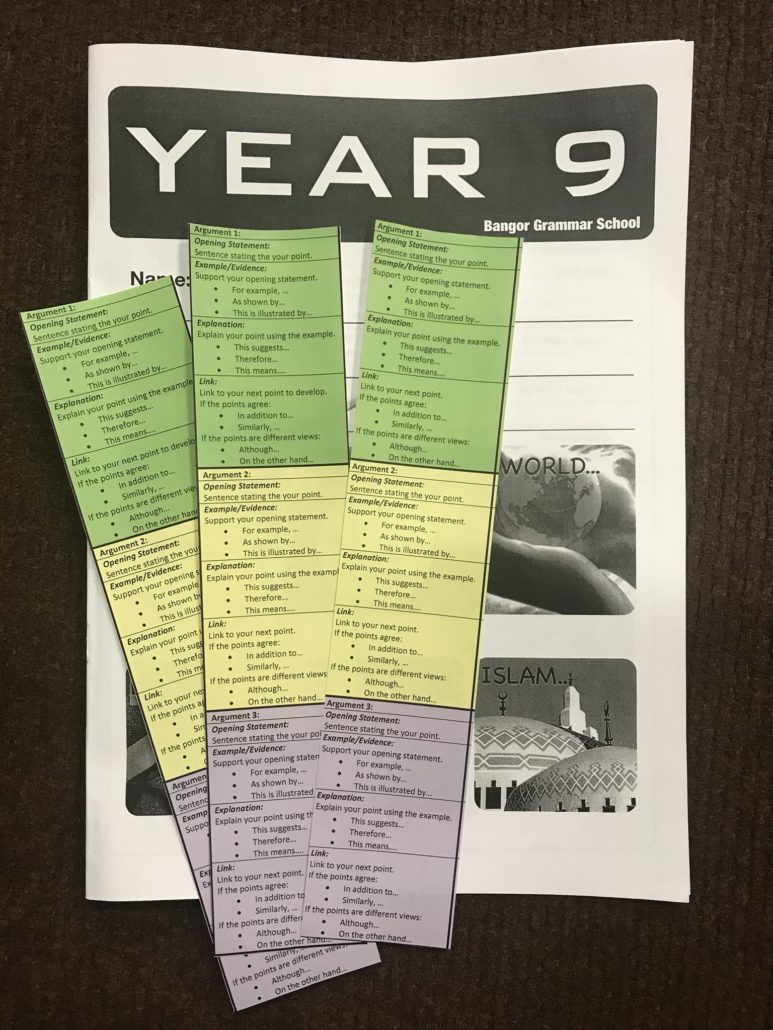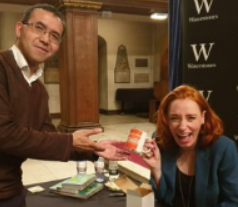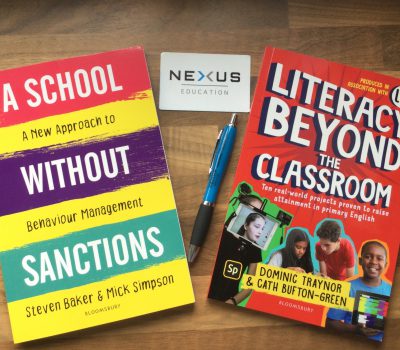


Our team sorts through all blog submissions to place them in the categories they fit the most - meaning it's never been simpler to gain advice and new knowledge for topics most important for you. This is why we have created this straight-forward guide to help you navigate our system.


And there you have it! Now your collection of blogs are catered to your chosen topics and are ready for you to explore. Plus, if you frequently return to the same categories you can bookmark your current URL and we will save your choices on return. Happy Reading!
Stephen Lockyer talks about how structure strips can help teachers solve regular writing challenges amongst many children…

Have you ever had a class who are ready to work, have fantastic ideas, know the basic structure of a paragraph or story, yet seem to falter when actually writing? How about those children that freeze at the sight of a blank page of lines to fill? You must have taught one or two children who start a story well, then drift off into a tangent even they can’t pick themselves back from.
Structure Strips can help to solve all of these regular challenges for teachers, at the crucial stage of children demonstrating what they know and demonstrating this on the page.
Put simply, a structure strip is a simple 5cm x 28cm coloured strip of guidance, stuck into the side of the student’s book at the start of a writing session. Usually brightly coloured, they mark out the paragraphs or sections the children have to write, clearly laying out guidance, key vocab, expectations, even potential marks available to them for that section.
I came up with structure strips to tackle the three key student reactions to writing a story outlined above, which seemed to cover the majority of my class. I began by modelling the structure strip on the class, typing in the space to the right what I might put. I then set the children to task. I found that their content was much stronger, they were able to write on average 25% more than they had been previously, and the prompts in each section kept them writing for a more sustained length of time than they might have done before. I was sold, and eagerly shared the strips on Twitter (I tweet as @mrlockyer).
Less than a year on, hundreds of teachers have successfully used structure strips in their classrooms across the world, with tens of thousands of students reaping the benefits of the learning prompt in subjects ranging from Key Stage One Science to A Level English.
They take little time to prepare, are wonderful markers for good work in your students’ books, and can level up your writing in one session. Dive, in, and don’t forget to share the results using the hashtag #structurestrips.
You must be logged in to post a comment.

The author

Read more

Read more

Read more

Read more

Read more

Read more

Read more

Read more


Are you looking for solutions? Let us help fund them! Nexus Education is a community of over 11,000 schools that come together to share best practise, ideas and CPD via online channels and free to attend events. Nexus also offers funding to all school groups in the UK via nexus-education.com






Love it!!